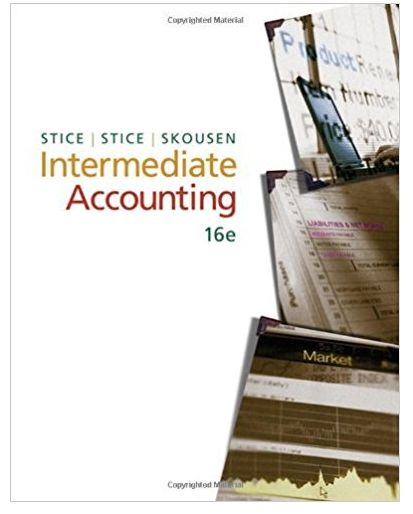From the notes of the 2004 annual report for Harley-Davidson, Inc., we find the following information relating
Question:
Balance at the beginning of the year . . . . . . . . . . . . . . . . . . . . . . . . . . . $31,311
Provisions for credit losses . . . . . . . . . . . . . . . . . . . . . . . . . . . . . . . . . . . 3,070
Charge-offs . . . . . . . . . . . . . . . . . . . . . . . . . . . . . . . . . . . . . . . . . . . . . . . (4,104)
Balance at end of year . . . . . . . . . . . . . . . . . . . . . . . . . . . . . . . . . . . . . . . 30,277
Instructions:
1. What do the terms provisions and charge-offs represent?
2. Reconstruct the journal entries that resulted in the above changes in Allowance for Bad Debts.
3. Why do you think there is such a difference between the amount being expensed for the period and the amount being written off?
Fantastic news! We've Found the answer you've been seeking!
Step by Step Answer:
Related Book For 

Intermediate Accounting
ISBN: 978-0324312140
16th Edition
Authors: James D. Stice, Earl K. Stice, Fred Skousen
Question Posted:





